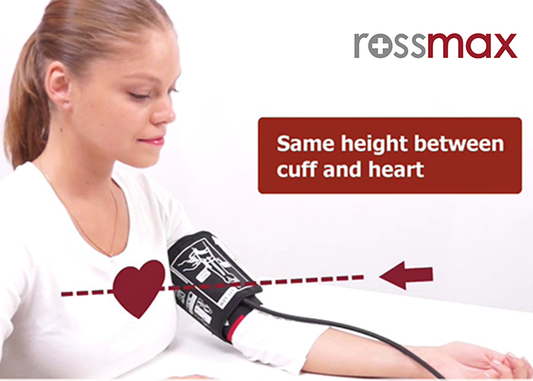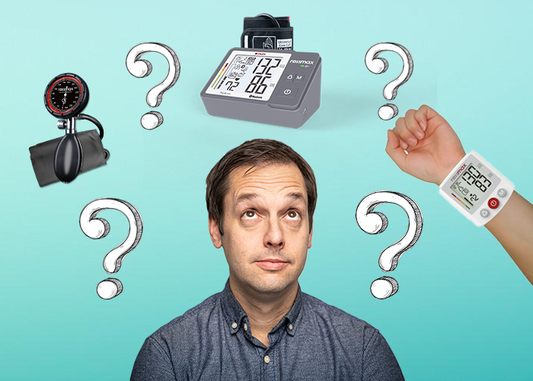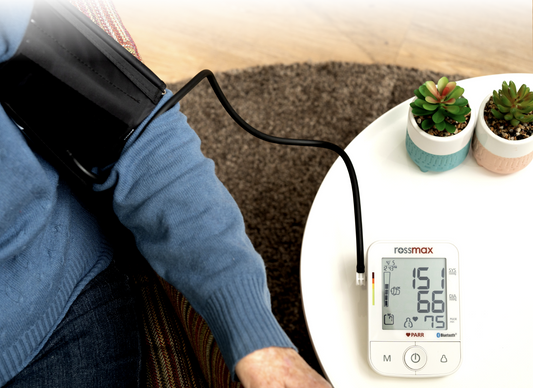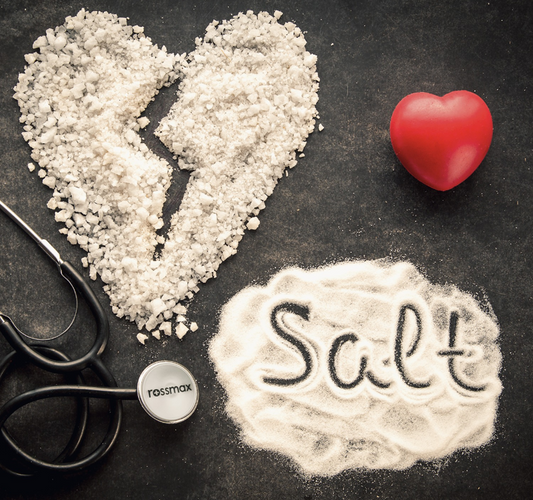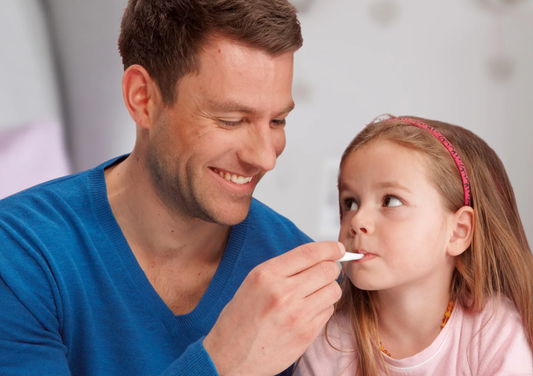Understanding Migraine Pain
Before delving into the benefits of hot and cold gel caps, it's important to understand the nature of migraine pain. Migraines are often accompanied by the dilation of blood vessels in the brain, which contributes to the throbbing pain and sensitivity. Additionally, inflammation around the head and neck area can exacerbate these symptoms. This is where hot and cold therapies come into play.
The Power of Cold Therapy
Cold therapy involves applying a cold substance to the affected area to constrict blood vessels and reduce inflammation. Cold gel caps can provide much-needed relief during a migraine attack. By numbing the area and decreasing blood flow to the brain, they can significantly alleviate the intensity of the pain. Cold therapy can also help soothe the tension often associated with migraines, providing a calming sensation that helps you relax and recover faster.
The Benefits of Hot Therapy
While cold therapy is effective during the onset of a migraine, hot therapy becomes particularly useful during the post-migraine phase. The residual tension and soreness that lingers after a migraine attack can be eased with the application of heat. Hot gel caps can promote relaxation, increase blood circulation, and alleviate muscle tension. They're especially beneficial for relaxing the muscles around the neck and shoulders, which are common areas of tension during migraines.
How to Use Hot and Cold Gel Caps
- Cold Therapy: During the early stages of a migraine, place the gel cap in the refrigerator for a short time. Once it's adequately chilled, place it on your forehead or the back of your neck. Take short breaks and reapply as needed. Avoid direct contact with your skin by using a cloth or towel as a barrier.
- Hot Therapy: After the migraine attack has subsided, you can use hot gel caps for relief. Heat the gel cap according to the manufacturer's instructions, making sure it's not too hot to handle. Apply it to your neck and shoulders, or any other areas of tension, to encourage muscle relaxation and promote blood flow.
Advantages of Gel Caps
- Convenience: Gel caps are designed to be user-friendly and can be easily heated or cooled as needed. Their pliable nature ensures they comfortably contour to the shape of your head and neck.
- Reusable: Unlike single-use options, many gel caps are reusable and can be stored in the refrigerator or heated whenever required.
- Drug-Free Relief: Gel caps offer a drug-free alternative for managing migraine symptoms. This can be especially appealing to those who prefer to avoid medications due to potential side effects.
Hot/Cold gel caps offer a versatile and effective approach to managing migraine symptoms. Cold therapy helps mitigate the pain and sensitivity during a migraine attack, while hot therapy aids in muscle relaxation and tension relief afterward. By incorporating these gel caps into your migraine management routine, you can take significant steps toward finding relief and regaining control over your life even amidst the challenges of migraines. Remember to consult with your healthcare provider for personalized advice on managing your migraines effectively.





